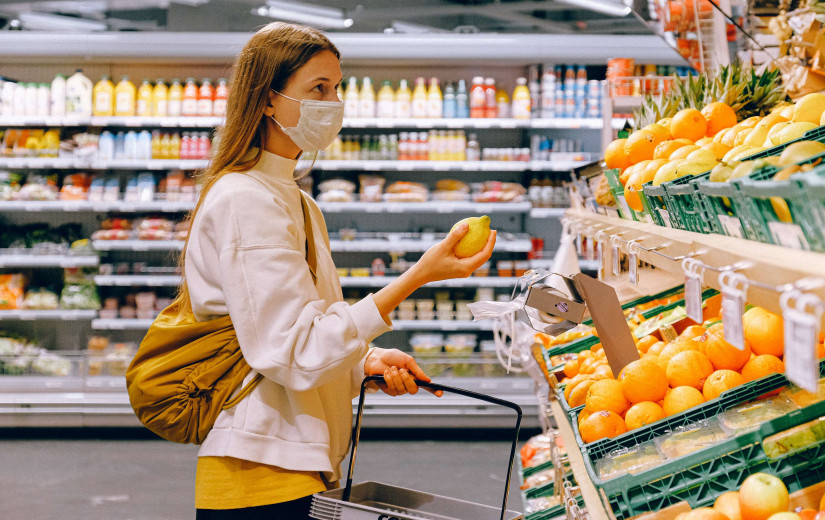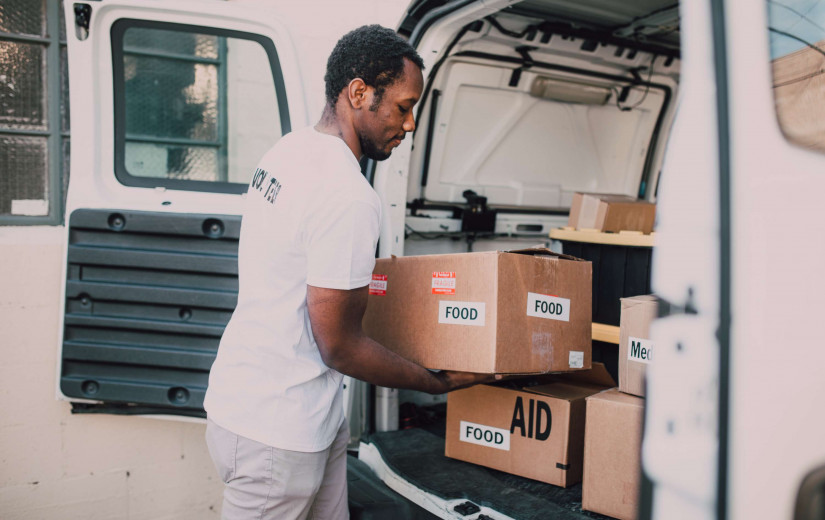What is Food Insecurity and Why is it Such a Problem Now for So Many?
While many health experts and government officials are rightfully focused on controlling the spread of the COVID-19 pandemic, there is another huge problem that millions of Americans are facing as a result of the health crisis. The percentage of Americans that are reporting food insecurity during the pandemic is skyrocketing to levels never seen before.
Defining Food Insecurity
Food insecurity is defined as not always knowing where your next meal will come from. A recent survey by the Center on Budget and Policy Priorities found that approximately 29 million American adults have reported food insecurity during the course of the pandemic. 29 million adults equals to roughly 14% of the US population. This figure compares to only 3% of the population reporting food insecurity prior to the onset of the global health crisis.
This figure is even more dire when looking at food insecurity in children. According to Caron Gremont with the No Kid Hungry campaign, there are about 17 million American children facing hunger today. That number was less than 11 million before the pandemic began, making it difficult to ignore the correlation between the two factors.
How the Pandemic is Leading to Greater Amounts of Food Insecurity
You do not need to be a medical expert or a government official to understand how the pandemic is leading to greater amounts of food insecurity. With unemployment hitting record highs last spring, many Americans simply did not have enough money to put food on the table. While employment rates are slowly rebounding, the most vulnerable populations are continuing to suffer. The service industry has taken the biggest economic hit during the pandemic, disproportionately affecting those workers who were already the most vulnerable to fluctuations in income.
Children are suffering in greater amounts because of the lack of in-person schooling. Prior to the pandemic, many of America's most disadvantaged students received both breakfast and lunch at school. Without this resource readily available, many families are having to scramble to provide more meals for their children.
The strain on food banks is also a serious concern. Food banks all over the country are reporting record demand as more and more families experience food insecurity as a result of the pandemic and its resulting economic fallout. This means that the banks are being asked to serve those that would not normally come to them for assistance.
Why Food Insecurity is a Major Public Health Crisis
There is no doubt that food insecurity is a major public health crisis. Particularly for children who are struggling to eat proper meals, they will be met with a greater risk for developmental delays, lagging school performance, and overall poor health. Without a full stomach, it is understandably more challenging to focus on learning. This can have lasting effects on a child's ability to find success in life.
Additionally, numerous studies have found that food insecurity is linked to a higher risk of developing chronic health conditions such as heart disease, high blood pressure, cancer, arthritis, and more.
How the Biden Administration Plans to Help
Recognizing that food insecurity is a mounting problem in this country, the new administration of President Joe Biden is taking steps to address the issue. Just two days after being sworn into office, Biden announced an economic and COVID-19 recovery relief plan designed to provide assistance for challenges such as food insecurity.
The president signed an order that asks the US Department of Agriculture (USDA) to expand the emergency Supplemental Nutrition Assistance Program (SNAP) benefits that were previously approved by Congress in late 2020 to 12 million more eligible Americans. The previous guidelines did not qualify these families. The new program also instructs the USDA to make it easier for states to enroll more qualified people in the program.
In addition, Biden called on the USDA to expand the Pandemic Electronic Benefit Transfer (P-EBT) by an extra 15%. This COVID-19 specific benefit gives families extra funds to purchase food for their children who previously received these meals at school. With roughly only half of the nation's children participating in traditional in-person schooling, this extra money will go a long way in providing this necessary nutrition.
Recognizing the seriousness of this food insecurity issue is the first step in providing relief for those millions of Americans in need.

















